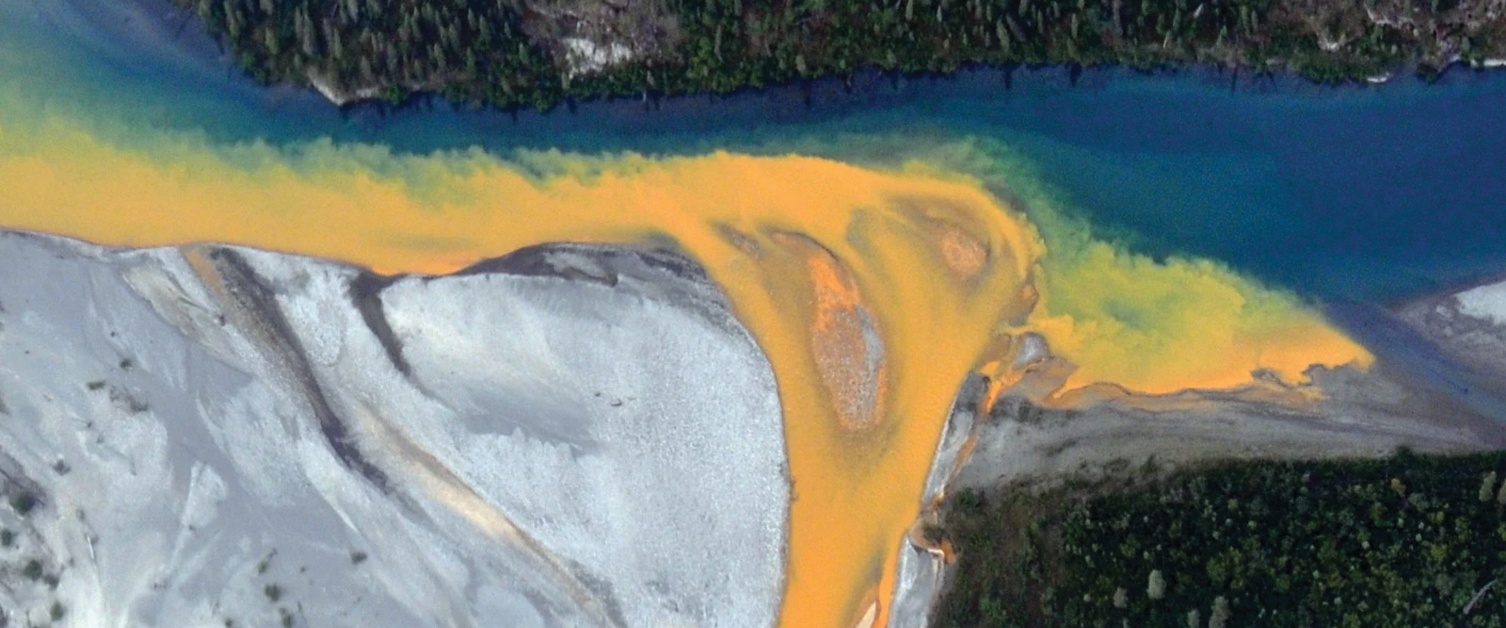Rivers of Rust
- By AMS Staff
- Sep 23, 2024
Many streams and rivers in remote Alaskan locations are turning orange, possibly from thawing permafrost releasing metal ores into the water. By combining remote sensing, field work, and crowdsourced observations of nearly 600 miles of northern Alaska’s Brooks Range, researchers discovered that the discoloration has occurred in 75 locations over the last 10 years, when the region experienced rapidly warming temperatures. Samples of the discolored water showed pH levels as low as 2.3, compared to an average of 8 in clean rivers, indicating the weathering of sulfide minerals causing highly acidic and corrosive conditions that release additional metals. “The weathering reaction of sulfide minerals produces sulfuric acid, which helps to dissolve the metals and release them,” explains Brett Poulin of the University of California, Davis, who coauthored research on the phenomenon that was published in Communications: Earth and Environment. Poulin and colleagues found the water contained elevated amounts of several metals, including iron, zinc, nickel, copper, and cadmium. Iron is believed to be the cause of the unusual coloring, which lead author Jon O’Donnell of the National Park Service describes as “almost like a milky orange juice” in some locations. The photo shows the Kutuk River in Gates of the Arctic National Park and Preserve in Alaska.
The discoloration is similar to what occurs from acid mine drainage, but the researchers noted that most of the rivers and streams are in protected lands and not downstream of mines. Instead, they theorize that metal ores locked in permafrost may have been exposed to water and oxygen when temperatures warmed, causing the release of acid and metals that eventually reached the streams via groundwater. “Chemistry tells us minerals are weathering,” explains Poulin. “Understanding what’s in the water is a fingerprint as to what occurred.” The metals discovered in the region can be toxic to both fish and humans and could also impact fish migration routes if they choose to avoid the stained waters. “The potential impact to these fish stocks is real, and it could have implications on ecosystem health but also on human health, because these fish stocks are also used for subsistence fishing,” Poulin notes. [Sources: University of California, Davis; National Parks Traveler]
PHOTO CREDIT: Ken Hill/National Park Service
